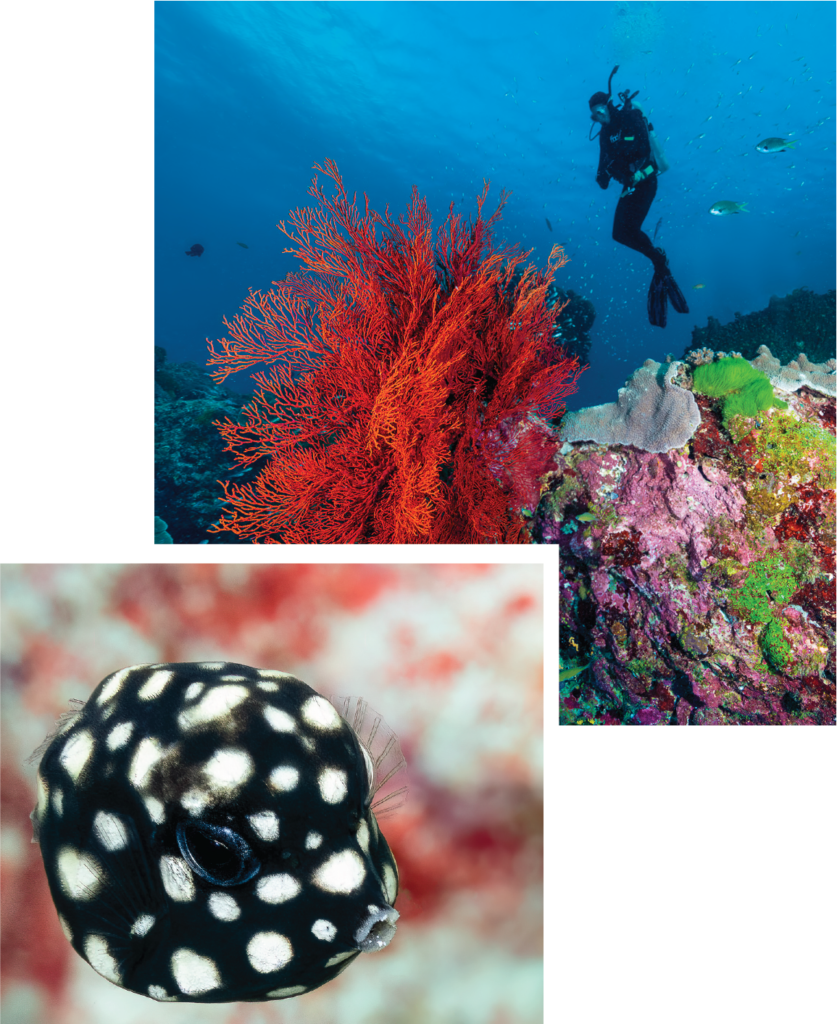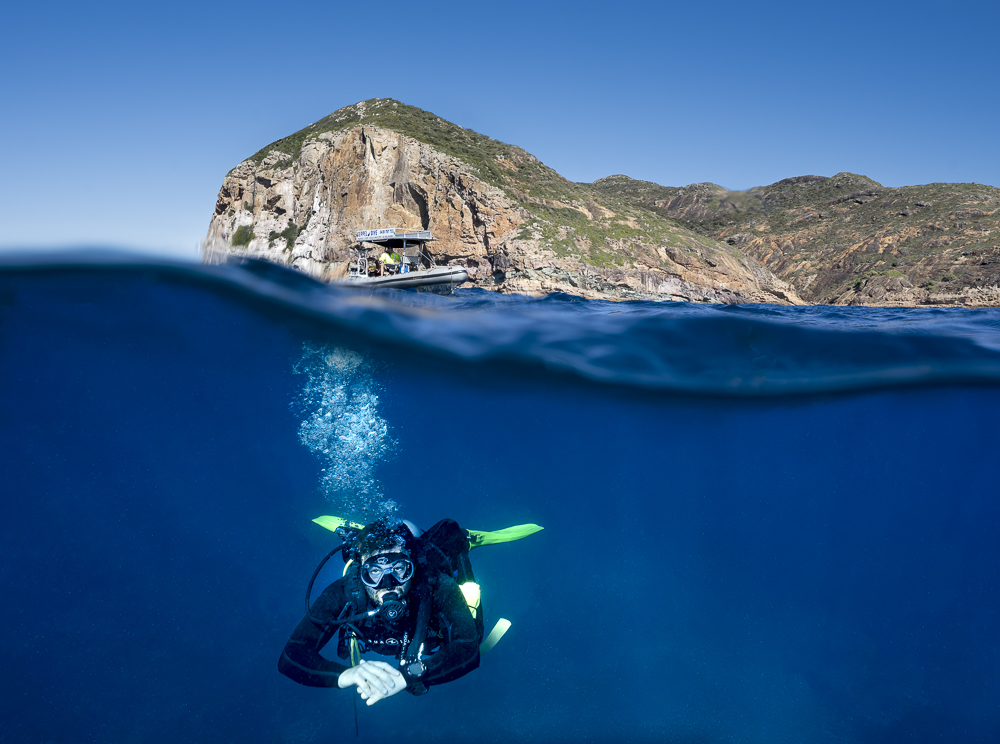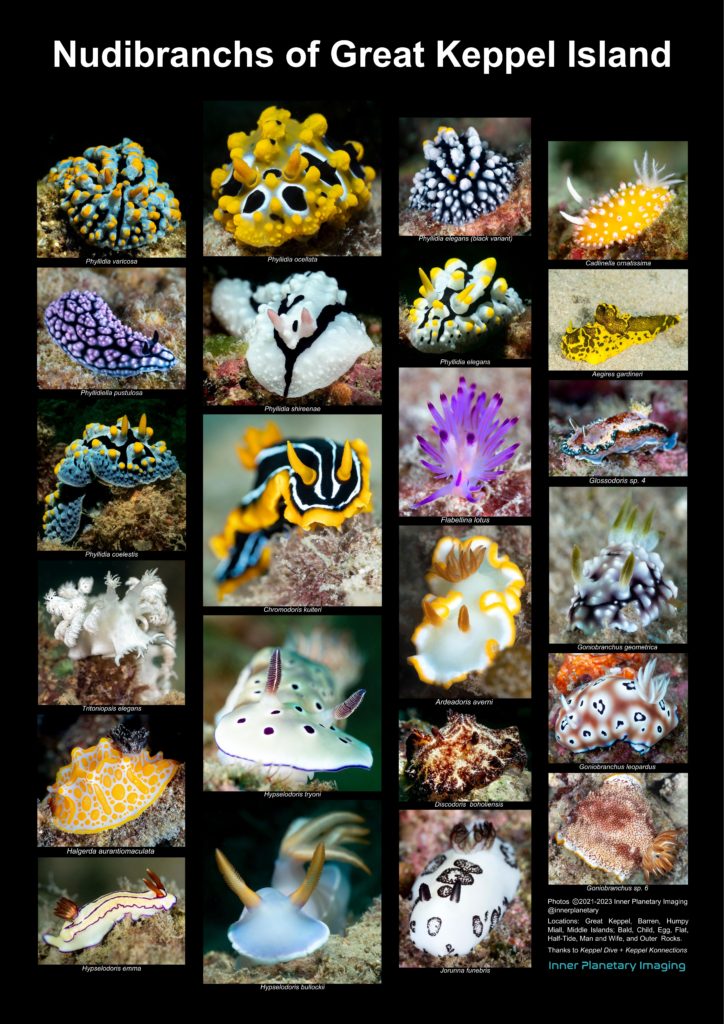Welcome To Inner Planetary Imaging
Coral Reefs
The Great Barrier Reef, located off the coast of Queensland, Australia, is an extraordinary natural wonder that has captivated the world with its sheer beauty and ecological significance. This magnificent coral reef system stretches over 2,300 kilometers and is composed of thousands of individual reefs, islands, and coral cays. The formation of the Great Barrier Reef began millions of years ago when tiny coral polyps secreted calcium carbonate skeletons, gradually building up massive structures over time. Today, it stands as the largest coral reef ecosystem on the planet, playing a vital role as a marine habitat. The reef provides a home to an astonishing array of marine life, including over 1,500 species of fish, 30 species of dolphins and whales, and six of the world’s seven species of marine turtles. It also offers shelter, breeding grounds, and feeding areas for numerous species of birds and other wildlife. Additionally, the reef acts as a natural barrier, protecting coastal areas from storms and erosion. My home base of Yeppoon is located at the southern tip of the Great Barrier Reef, where most of the diving occurs on the fringing reefs around the Keppel islands.
The second largest coral reef system is the Mesoamerican reef, running from Honduras in the south up to the coral reefs of the Yucatan Peninsula of Mexico. The island of Cozumel is surrounded by the Mesoamerican reef system and offers some of the best drift diving and visibility on the planet. The 1000-foot deep channel between Cozumel and Playa del Carmen on the mainland is also the location for blackwater diving.



Available now! Nudibranchs of Great Keppel Island A2 full -colour poster (600 x 420 mm). AUD$25 + postage. Please email IPI for details.
© Inner Planetary Imaging 2023. All Rights Reserved.














